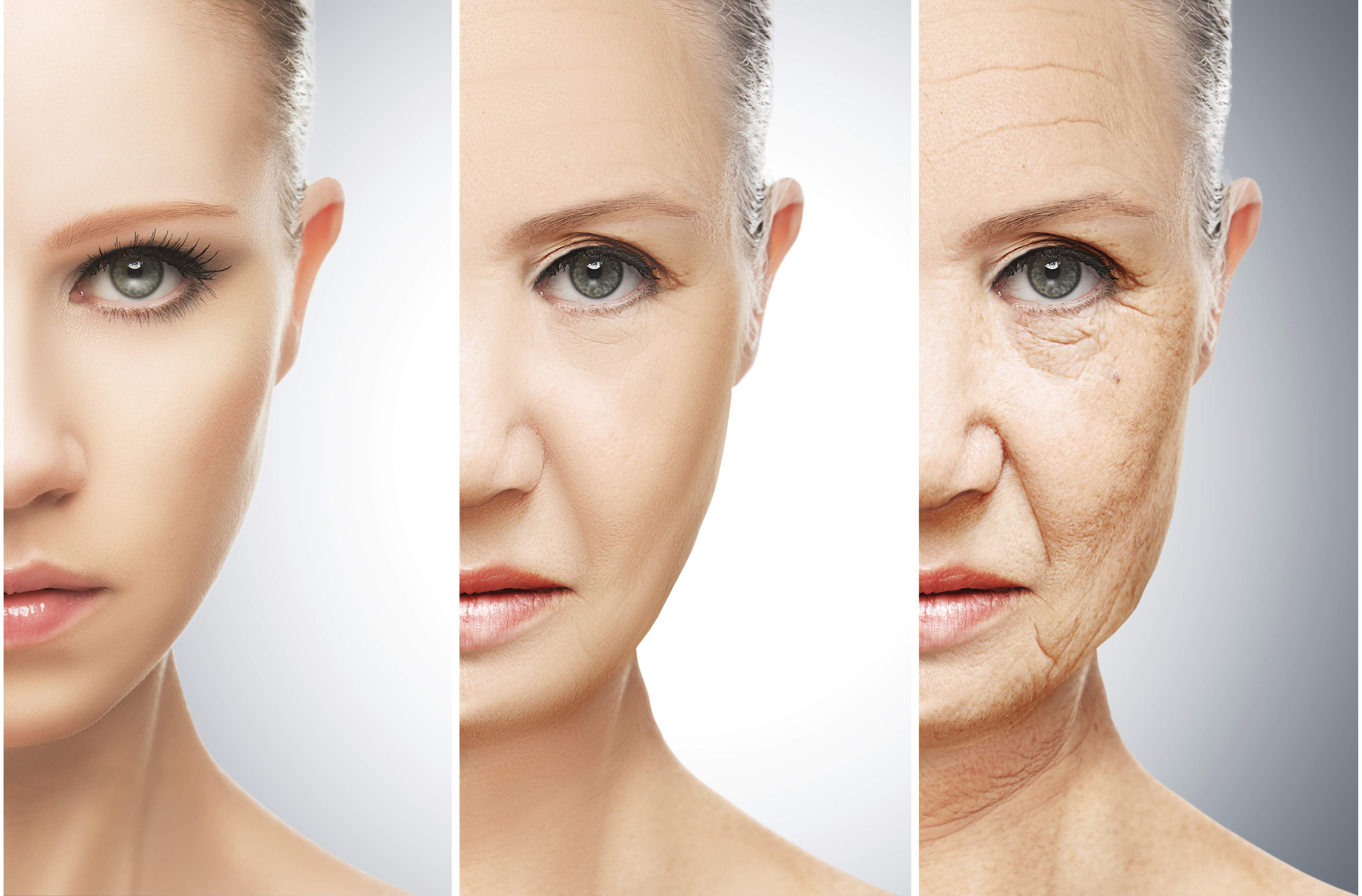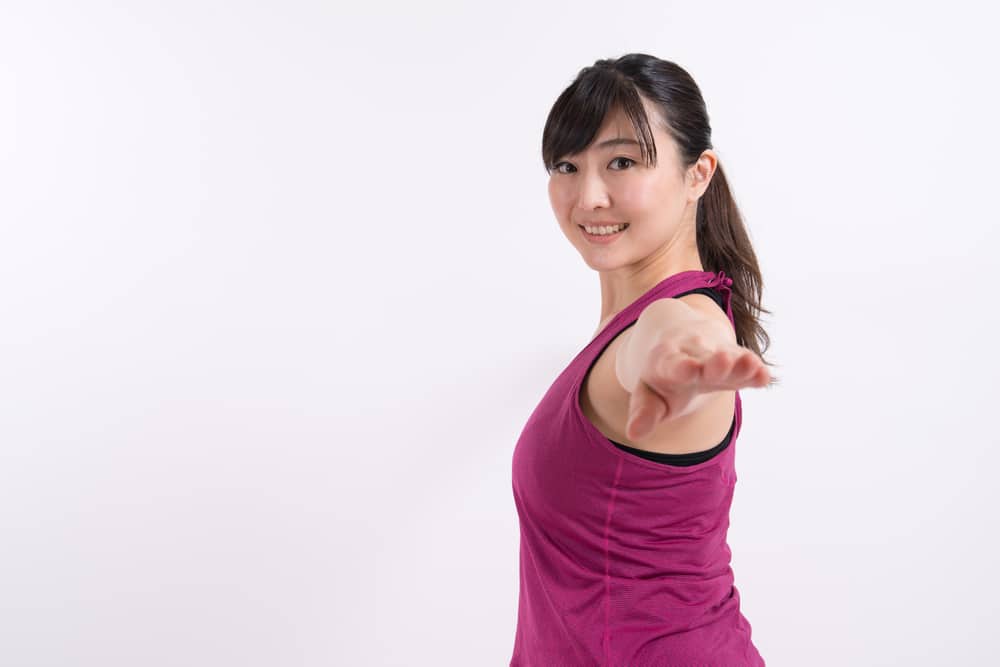Contents:
- Medical Video: Arm Workouts for Sagging & Creepy Skin : Fab Fitness
- This is how the body adapts to sports
- What are the changes that occur in the organs of the body thanks to exercise?
- 1. Increased heart strength
- 2. Muscle enlargement
- 3. Increased lung capacity
- 4. Bone regenerates faster
Medical Video: Arm Workouts for Sagging & Creepy Skin : Fab Fitness
Exercise has been known to be a preventive factor for various chronic diseases. This is because exercise can help the body rebalance various organ functions and metabolism. Whether for health reasons or losing weight, physical activity routines can change the way various organs work. This is because, if done consistently, the body will adapt and can increase the level of physical fitness.
This is how the body adapts to sports
Adaptation in question is the body's response to physical activity carried out. This can occur in a short time (acute adaptation) or in a longer time (chronic adaptation).
Acute adaptation - is a physical adaptation that occurs in a short period of time while on physical activity. This is characterized by an increase in organ activity such as the heart and muscles while exercising, but the adaptation will soon disappear or return to normal when the sport has stopped.
Chronic Adaptation - is a form of adaptation that occurs along with the increase in exercise intensity in a matter of days, weeks, to months. Chronic adaptation is usually characterized by changes in the shape of organs, accompanied by an increase in the working capacity of an organ that has adapted. For example, increased lung capacity in storing oxygen after going through some time in aerobic exercise.
Everyone has a varied time until the body is able to adapt to sports optimally, but in general adaptation is influenced by intensity, duration, and frequency. To adapt, it is necessary to increase slowly and consistently to all three, this is needed to increase physiological capacity. In addition, individuals who have been active in physical activity will more easily adapt to new exercise routines and experience faster physiological functions.
What are the changes that occur in the organs of the body thanks to exercise?
There are several major changes to the organs of the body after adapting to exercise routines, including:
1. Increased heart strength
This is characterized by an increase in the size and strength of the left ventricular muscle, which plays a role in pumping blood throughout the body. In normal adults who are not routinely engaged in physical activity, the heart pumps about 60 ml of blood. However, people who routinely engage in physical activity can pump blood up to 100 ml in a state of rest.
This increase in capacity also causes a lower heart rate because the heart can work more efficiently in pumping blood. Heart capacity is also important for maintaining blood vessel elasticity, muscle growth, and oxygen intake capacity.
2. Muscle enlargement
As a body's driving organ, muscles need a lot of energy obtained from oxygen and food stores. Increased size and muscle mass is caused by muscles that have adapted and have more capillary blood vessels, mitochondria, energy-producing enzymes, and the capacity to store more food such as carbohydrates, glycogen and fat.
Muscle capillaries are useful for helping the efficiency of muscle work in producing energy through the transport of oxygen and food ingredients. Oxygen is needed by mitochondria in muscle cells to produce energy, this process is also aided by myoglobin, whose numbers tend to increase in the muscles that are actively used. With regular exercise, muscles will also be more adaptable to use food ingredients effectively.
3. Increased lung capacity
The higher the intensity of one's exercise, the greater the oxygen demand of the body. To meet these needs, the human lungs can adapt to storing more oxygen. However, the size of the lung does not increase.
Increased lung capacity allows the lungs to store, use and distribute oxygen more efficiently, so the lungs can work well without taking too many breaths. This will prevent running out of breath while running or when doing high-intensity exercise. In general, lung capacity is much lower if a person is not active in physical activity.
Although the lungs that have adapted are able to breathe more oxygen in one breath, individuals who exercise regularly tend to have a low level of oxygen intake when they are at rest. This is because the body has been trained to fulfill and distribute oxygen efficiently.
4. Bone regenerates faster
Adaptation of bones to exercise can be triggered by muscle contraction of the bone. This helps the bone regeneration process by new bone cells after degeneration. This process occurs slowly and gradually, and can be triggered by all types of exercise, especially endurance exercises that can train muscle strength.
Regeneration starts in the outer layer of bone to the inside. Bone regeneration generally occurs in axial bone groups (such as the spine, ribs, skull and sternum) and limb bones (long bones in the upper arms and thighs, shoulder bones, hip bones and pelvis)












